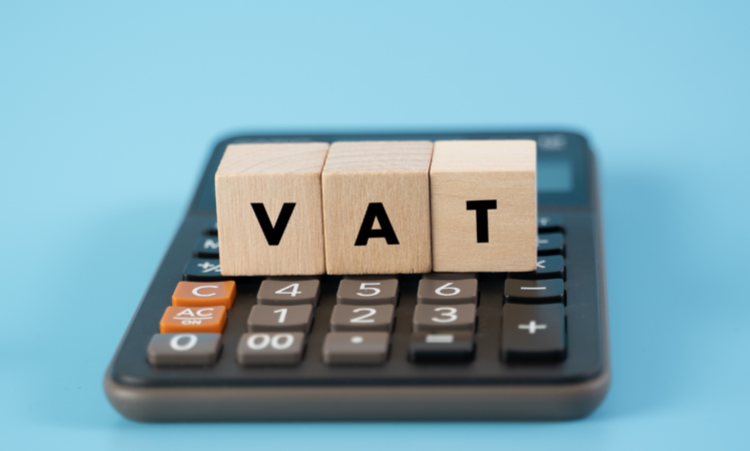New VAT late payment and interest rules introduced
Posted on 3rd November 2022 at 15:01
The new penalty and interest regime will be brought in from 1 January for late filing and late payment of VAT, and this post looks at the late payments – we’ll be sharing the issues on late filing in another post.
How will the new late-payment penalties work?
The new penalties will apply from payments due after 1 January 2023, and any #VAT due before that date will continue to fall within the default surcharge regime, regardless of when it is paid.
Under the new regime, there are two separate late-payment penalties – referred to as the first penalty and second penalty.
The first penalty has two separate levies:
2% of the VAT unpaid at day 15
A further 2% of the VAT unpaid at day 30.
This means that, if no payment is made until after day 30, the first penalty will be 4% of the amount due. However, if full payment is made between days 15 and 30, the first penalty will be set at 2%.
The second penalty only comes into effect from day 31. This is charged daily, based on an annual rate of 4% of any outstanding amount.
The biggest change under the new regime is that, provided all outstanding VAT is paid within 15 days of the due date (or a Time to Pay arrangement is requested within that same period), no late-payment penalty will arise. There will however still be late-payment interest (see below).
Importance of Time to Pay arrangements and adherence to your commitment under TTP
One welcome feature of the new late-payment penalty is the acknowledgement of Time to Pay (#TTP) arrangements. These are effectively treated in the same way as payment when it comes to stopping the penalty clock. Provided the TTP application is ultimately successful, the date on which it is first requested is treated as the date of payment. For example, if TTP is requested from HMRC on day 14, no penalty will arise regardless of how long it takes for HMRC to approve the TTP arrangement.
However, if the terms of that TTP agreement are subsequently broken by the taxpayer, the first and second late-payment penalties will be charged as if the TTP had never had effect. This means that missing a single scheduled payment under the TTP could cause full penalties to be charged, even if all previous instalment payments under the agreement have been made on time.
Period of familiarisation
In the first year of the new late-payment penalties there will be a “period of familiarisation”. Under this, HMRC will not charge the first leg of the first penalty (the 2% at day 15) from 1 January 2023 until 31 December 2023. This means that, provided payment is made within 30 days of the due date, no late-payment penalty will arise in the first year the rules are in effect. Ordinary late-payment interest will however be charged as usual.
Interest changes
The way interest is applied to late payments and repayments of VAT is also changing from 1 January 2023, bringing it more in line with other taxes.
From that date, late-payment interest will be charged from the day a VAT payment becomes overdue until the date it is paid in full. The rate applied will be the Bank of England base rate plus 2.5%.
Alongside this, the repayment supplement will be withdrawn for accounting periods beginning on or after 1 January 2023. This will be replaced by repayment interest, which will accrue from the day after the due date or submission date (whichever is later) until HMRC makes the full repayment. This rate for repayment interest will be much lower than that for late-payment interest, being set at the Bank of England base rate minus 1% (subject to a minimum rate of 0.5%).
I don’t suppose we should be surprised that HMRC charge you more interest than they charge themselves, but it still irksome that their delays cost them less than your delays.
#vat #late_payment #ttp
Share this post:







